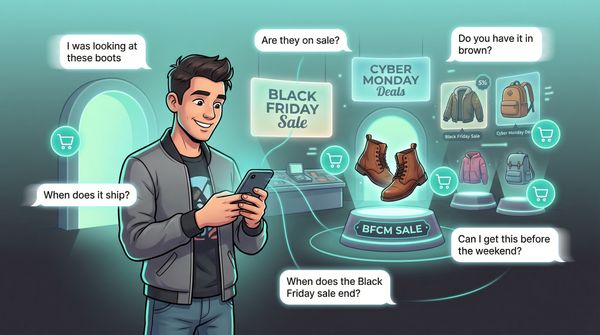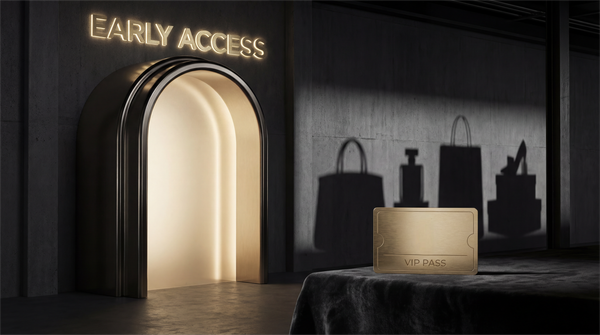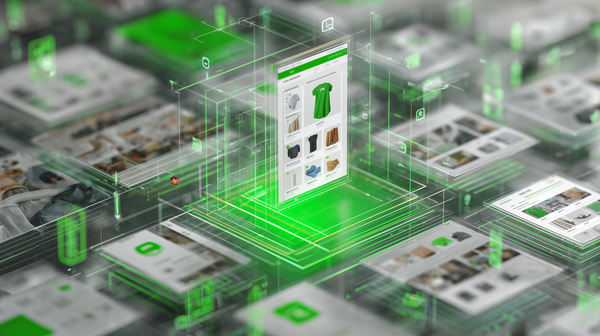How Shopify Brands Can Maximize ROI with Micro-Influencer UGC in 2025

If you’re still throwing $10K+ at polished ads in 2025, you’re playing last year’s game.
Shopify brands are getting smarter. They’re ditching big-budget influencer deals and stale Facebook creative for something leaner, more scalable, and more believable: micro-influencer UGC.
According to StackInfluence, 86% of U.S. marketers are now betting on micro-influencers—and for good reason. Performance is stronger, content is fresher, and customers trust it more.
“A lot of UGC ads are just ‘acting generated content.’ True authenticity consistently outperforms staged productions.”
— Nik Sharma
Why Micro-Influencers Work (and What They Cost)
Micro-influencers (1K–100K followers) don’t need a studio or script. They convert because they sound like real people using real products—and they cost a fraction of what you’d pay for a macro creator.
| Influencer Type | Cost per Video | Average ROAS |
|---|---|---|
| Micro-influencers | $100–$500 | 5:1 – 10:1 |
| Macro-influencers | $5,000+ | 2:1 – 4:1 |
(StackInfluence, Influencer Hero)
Savvy brands stretch budget by running 10–20 micro campaigns in parallel. It creates more angles to test—and builds content you can actually afford to scale.
UGC Formats That Actually Perform
The best UGC doesn’t look like an ad. It feels like content you’d send to a friend.
| Format | Why It Works | Example Use Case |
|---|---|---|
| How-to videos | Demonstrates real use cases and outcomes | Fitness or skincare tutorials (Coaxsoft) |
| Lifestyle vlogs | Builds trust via daily product integration | GRWM or “what’s in my gym bag” content |
| Skits & Challenges | Leverages humor + virality to spark product discovery | TikTok trends like #MadeMeBuyIt |
More operators are ditching the one-size-fits-all script and letting creators lean into what actually resonates with their audience.
How Top Brands Amplify UGC Through Paid
Organic UGC is the spark. Paid amplification is the scale.
Meta Whitelisting
Run UGC ads through the creator’s handle for better engagement and lower ad fatigue. Test content organically, then whitelist your winners
(Saral).
TikTok Spark Ads
Spark lets you boost creator posts natively. Brands using it see up to 159% higher engagement than standard in-feed ads
(TikTok Business). TikTok’s 2025 Content Suite made it easier to find and request Spark permission at scale.
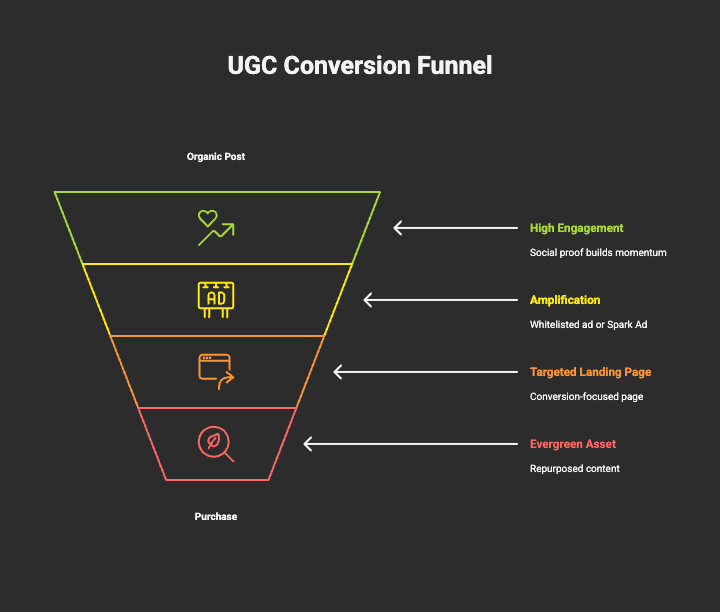
Pitfalls to Avoid
UGC can convert—or crash your brand—depending on how you manage it.
1. Too Much Control
Over-scripting ruins authenticity. Instead, give clear creative guidelines, not full scripts.
2. No Legal Framework
FTC disclosure isn’t optional. Require #ad, usage rights, and brand safety clauses
(Influencer Marketing Hub).
3. Content Chaos
Without a system, good content gets lost. Smart brands use UGC libraries to tag, store, and reuse top performers (Billo).
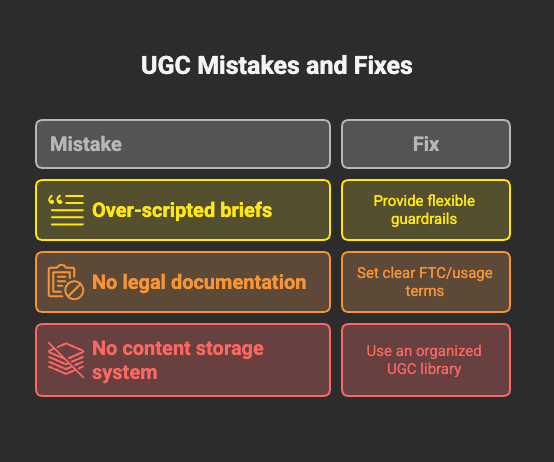
Turn UGC Creators into Brand Ambassadors
The best micro-influencers don’t stop at one post. They become long-term partners—co-launching products, showing up at activations, and building your brand from the inside.
“Ambassador programs drive better retention than performance creative alone.”
— Influencity
Build those relationships early, and you’ll stop worrying about performance dips when CPMs spike.
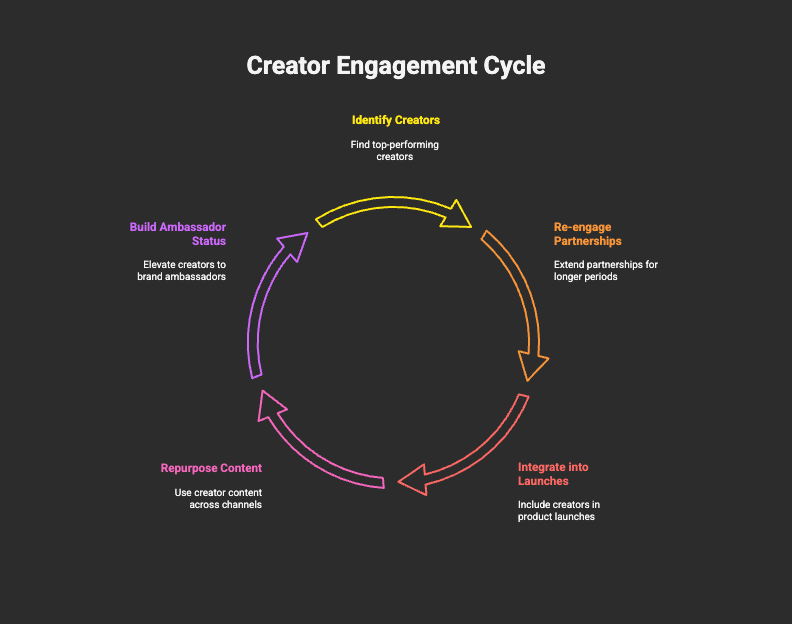
Final Word
Micro-influencer UGC isn’t a trend—it’s the most capital-efficient way to scale content, build trust, and drive real returns in 2025.
Done right, it unlocks:
- Leaner CAC
- Higher ROAS
- Faster content testing
- Long-term community
It’s not just cost-effective. It’s conversion-effective. And in this market, that’s what counts.
Subscribe for weekly DTC insights.

